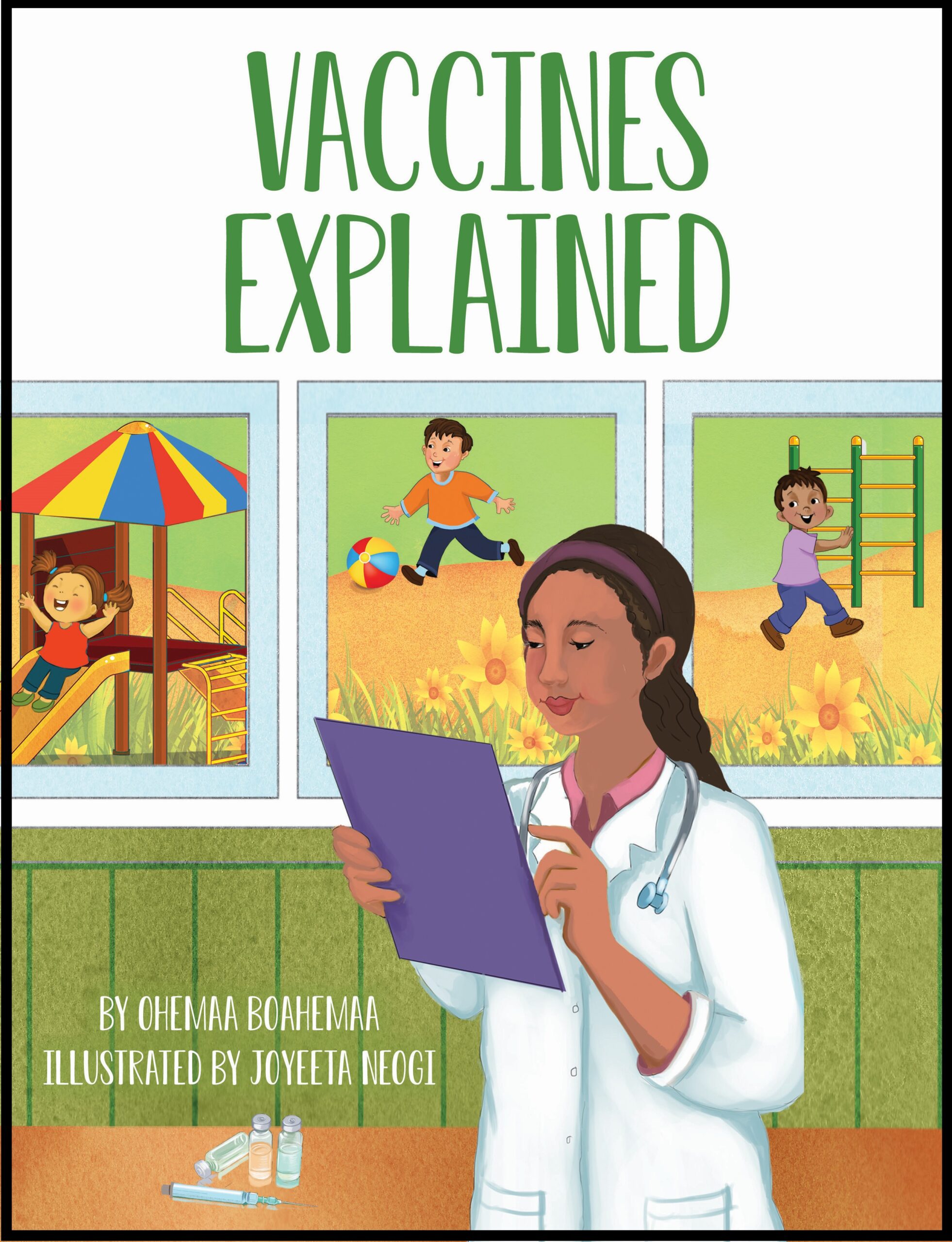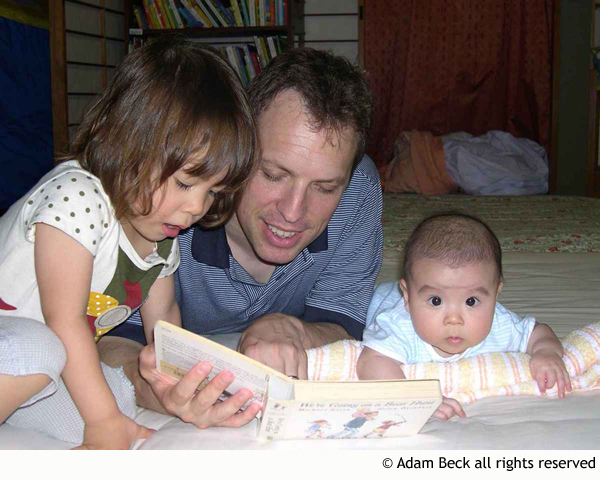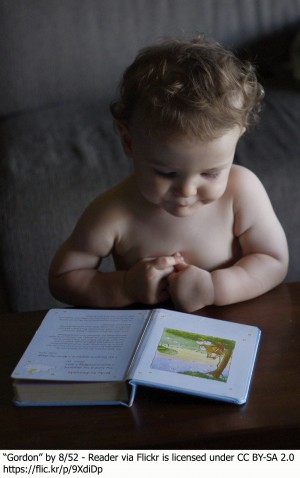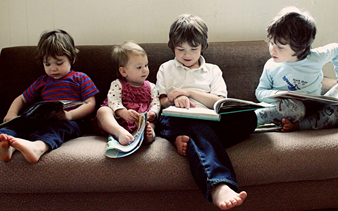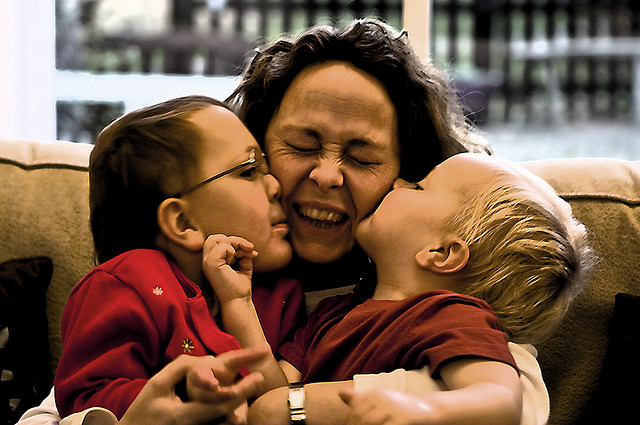by guest blogger Adam Beck
Though I no longer teach at Hiroshima International School, I return there every year, with my family in tow, for the school’s annual spring festival. For me, my main motivation—apart from seeing old friends—is the sale of used books: children’s books of all kinds, from the school library and students’ homes, at rock-bottom prices.
I practically start drooling as I paw through them.
Each year I come home with dozens of books for our home library: books I can read...
.......... CONTINUE READING

